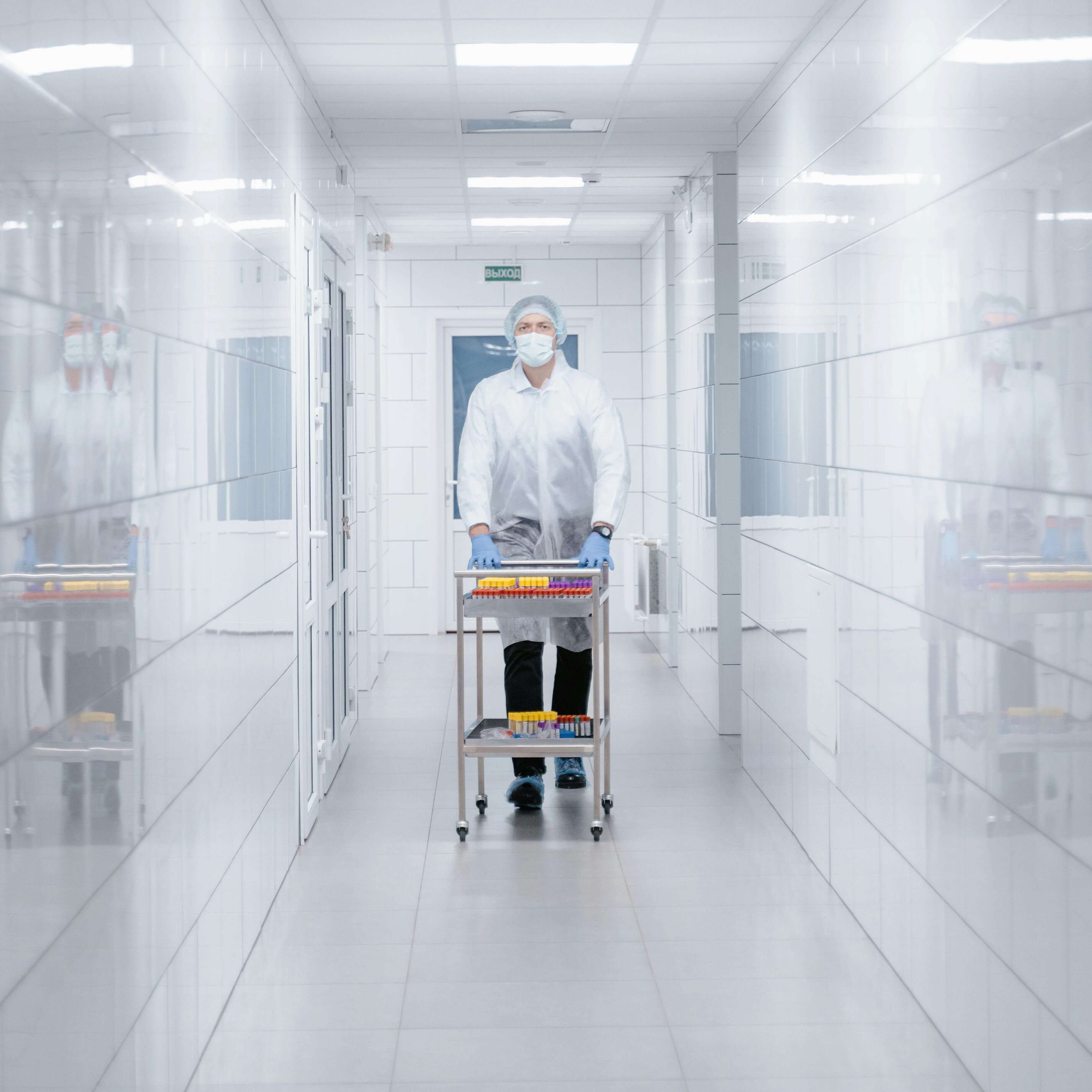Why the Skepticism About CBD and Cannabis?
Homo sapiens tends to be or become skeptical when confronted with the new. New facts and information can often lead to a changed reality, which is uncomfortable for most of us.

In addition, consistent propaganda, such as the demonizing of cannabis by the US government starting in the 1930s and biased reporting, have created an imagined reality, which is far from any objective truth. This has led to misconceptions that can be resistant to change.
For example, the common misconception still lingers that CBD (cannabidiol), a key compound of cannabis, will make you high. But CBD itself does not have any psychoactive properties and will not produce the "high" traditionally associated with cannabis. Here’s a more detailed explanation to help address public concerns that are still widespread.
The Key Difference between CBD and THC
CBD is one of more than 120 so-called cannabinoids found in the cannabis plant, which are the plant’s most active compounds due to their interaction with the body’s important endocannabinoid system. CBD does not alter your mental state or create a high. Instead, CBD is known for its therapeutic benefits, such as reducing inflammation, pain, and anxiety.
THC (tetrahydrocannabinol) is the psychoactive component of cannabis, which interacts with the brain's cannabinoid receptors in a way that alters perception, mood, and consciousness.
Hemp vs. Cannabis
CBD can be extracted from both hemp and cannabis grown for recreational and medical use. Both are subspecies or varieties of the cannabis sativa plant species. They are distinguished primarily in their chemical composition, cultivation methods, and legal status. Both in the US and EU, hemp has to contain less than 0.3% of THC.
While CBD can be extracted from both hemp and so-called marijuana (see the History of Cannabis) ((INTERNAL LINK TO OTHER BLOG)), hemp is the predominant source worldwide. This preference is driven by hemp's low THC content, legal accessibility, and suitability for industrial-scale production of CBD products.
Hemp is used for various industrial products across the world, including textiles, paper, biofuel, building materials, food (hemp seeds), and wellness products (CBD oils and skincare). It is specifically cultivated to contain low levels of THC while also containing low levels of CBD.
Cannabis sativa-derived CBD contains higher levels of THC depending on the cultivar. When it is extracted from this variety, it must be refined to lower or remove the THC content for CBD skincare and similar products to comply with legal standards, depending on the jurisdiction.
Regulation and Safety Standards
Most commercially available, legal CBD skincare products contain a trace amount of THC, not enough to produce any psychoactive effects. Reputable manufacturers adhere to strict guidelines and provide third-party lab testing results to verify their products' THC content. This makes CBD skincare items safe for regular use without any concern for intoxication or impairment.

Topical Application and Absorption
When CBD is used in skincare products, it is applied topically and absorbed through the skin. This method of surface application does not allow CBD to enter the bloodstream in significant amounts, so there is no risk of systemic effects. Unlike ingestible forms of CBD (like oils or edibles), topically applied CBD interacts with the local cannabinoid receptors in the skin without affecting the brain or central nervous system.
Legality and Product Assurance
CBD products from reputable companies are carefully formulated to comply with legal standards. Look for products that provide the following:
- Third-Party Lab Testing: Independent lab results can verify the CBD and THC content of a product. This ensures that it contains only trace amounts below the legal limit or is free from THC. Toxicology tests should show that it does not contain harmful substances like pesticides, heavy metals, or microbial contaminants.
- Caveat: hemp is increasingly used in phytoremediation of toxic soils containing heavy metals. Hemp-derived CBD therefore should to be particularly tested for toxicity (Olla Botanicals CBD is derived from organically certified cannabis sativa).
- Transparency and Quality Control: Brands that are transparent about their sourcing, extraction methods, and manufacturing processes are generally more trustworthy. Checking for these practices can help consumers ensure that they are using safe and high-quality CBD skincare products.
General Safety Considerations
While CBD is considered safe, it's essential to consider that, as with any skincare product, there is always a risk of an allergic reaction or skin sensitivity. Consumers should test a new product on a small area of skin before applying it more broadly.
If you are on medication or have any health concerns, consult with a healthcare provider before using CBD products, though unfortunately many doctors don’t know much about CBD, since cannabis science is not taught in medical schools. If the product is intended for more than topical use, the only known possible interaction is with the blood thinner Warfarin when CBD is taken orally.
There is no need to be concerned about getting high from CBD skincare products. If you choose products from reputable brands that adhere to legal standards and provide transparent testing results, CBD skincare products can be used confidently and safely while providing many benefits ranging from anti-inflammatory and anti-oxidant to pain reducing effects.
Sources
- FDA